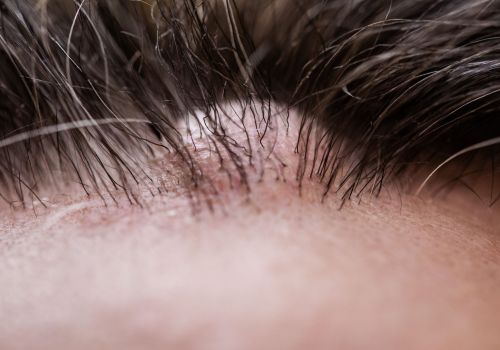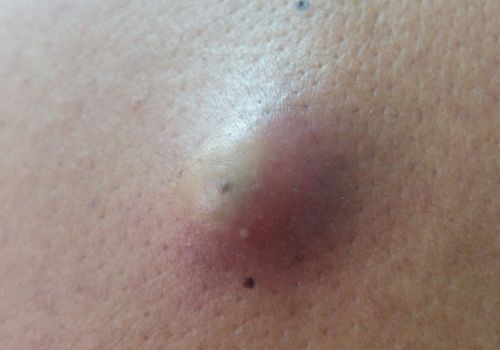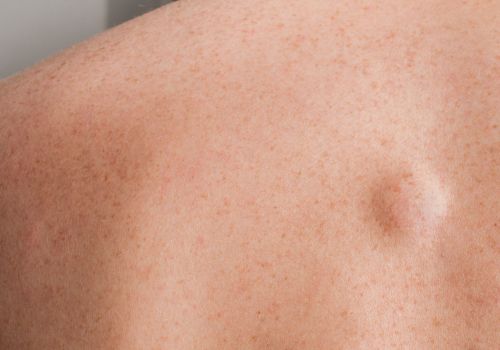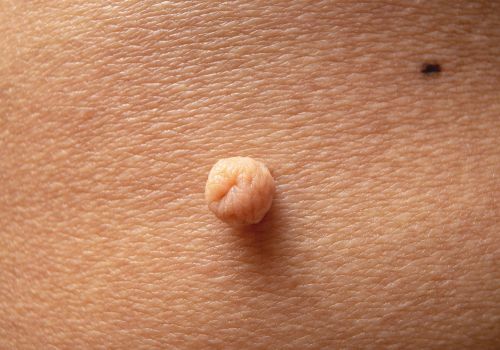La petite chirurgie dermatologique permet de retirer les lésions cutanées présentes sur la peau du visage ou du corps, qu’elles soient malignes (carcinomes) ou bénignes (kystes, nævus, lipomes…).
Les chirurgiens esthétiques de la Clinique du Lac réalisent des interventions de chirurgie dermatologique ou chirurgie cutanée, sous anesthésie locale, au sein d’un bloc opératoire ambulatoire. Pour enlever un grain de beauté ou retirer un kyste, prenez rendez-vous pour une consultation.
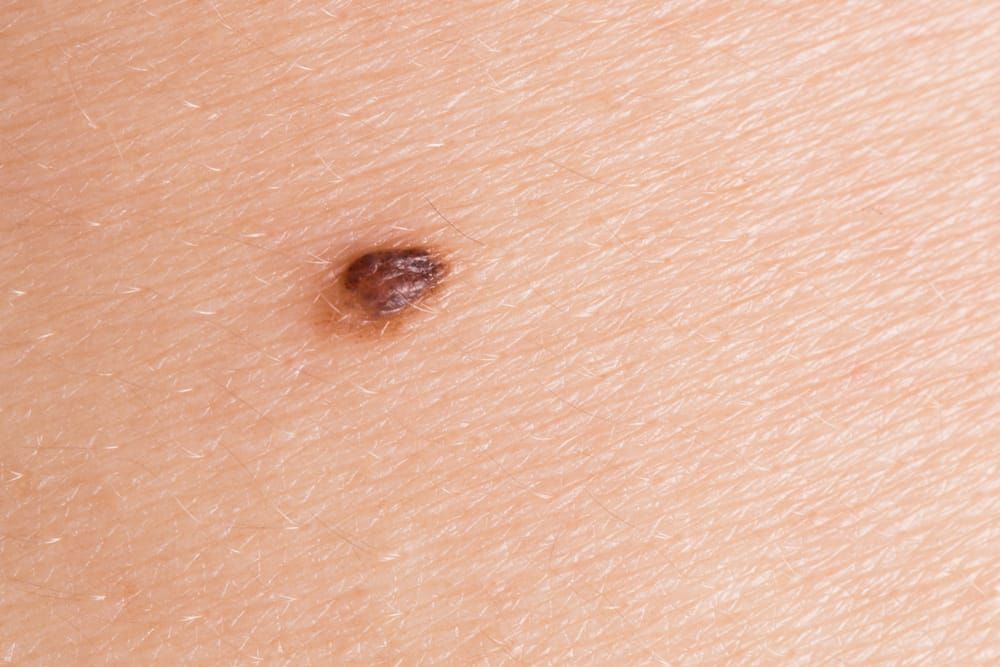
Bilan personnalisé
Afin de déterminer le soin le plus adapté, une première consultation est préconisée.
L'objectif est d'analyser vos besoins et d'établir un plan de traitement sur-mesure.
Les différentes lésions concernées par la petite chirurgie dermatologique
Il existe deux types de lésions cutanées, les lésions cancéreuses (carcinomes) et les lésions bénignes telles que les kystes cutanés, les nævus, les lipomes… Ces lésions de la peau peuvent nécessiter une ablation chirurgicale, aussi appelée exérèse, en cas de gêne esthétique ou fonctionnelle, à titre préventif ou en cas de suspicion de malignité.
Le carcinome est un cancer de la peau dont le traitement est du ressort du dermatologue chirurgien, il en existe de différents types : carcinome basocellulaire, carcinome épidermoïde, mélanome…
Le grain de beauté ou nævus est une tumeur pigmentée dont il faut envisager l’exérèse s’il présente un risque cancéreux, si son aspect vous gêne ou s’il est situé sur une zone de frottement.
Le kyste cutané ou nodule est une poche entourée d’une membrane, située sous la peau et constituée d’air, de liquide, de sébum ou de cellules. Un kyste peut parfois être douloureux, inesthétique ou mal placé, il faut alors recourir à une ablation chirurgicale.
Le lipome est une tumeur bénigne constituée de graisse, généralement insensible, mais qui peut occasionner une gêne sur le plan esthétique.
Comment se déroule une intervention de chirurgie dermatologique ?
Le chirurgien esthétique vous reçoit en consultation pour vous expliquer les étapes de l’exérèse et le résultat attendu, notamment au niveau de la cicatrice. Il vous interroge sur vos traitements éventuels afin d’écarter tout risque lié à l’anesthésie locale et à la cicatrisation. La prise d’anti-inflammatoires et d’aspirine est déconseillée.
Une intervention de petite chirurgie dermatologique se déroule en ambulatoire, sous anesthésie locale, complétée éventuellement par une sédation. Le chirurgien désinfecte la zone et pratique une incision transverse ou circulaire, selon le type de lésion. Si nécessaire, les points de suture sont réalisés avec des fils très fins, en surface ou en profondeur. L’élément retiré est examiné par un laboratoire d’anatomopathologie qui confirmera l’exérèse totale et la nature bénigne ou maligne de la lésion.
La durée de l’intervention se situe entre 30 minutes et 1 h et la reprise du travail est possible le jour même. Les suites opératoires sont simples, il s’agit le plus souvent d’appliquer de la glace sur la zone pour diminuer les œdèmes et de soins infirmiers pour les pansements ou le retrait des fils.
Il est important de ne pas exposer la cicatrice au soleil durant l’année qui suit l’intervention de chirurgie dermatologique et de la protéger avec un écran solaire.
Contactez l’équipe chirurgicale de la Clinique du Lac si vous présentez une lésion ou une tumeur cutanée que vous souhaitez faire retirer.


